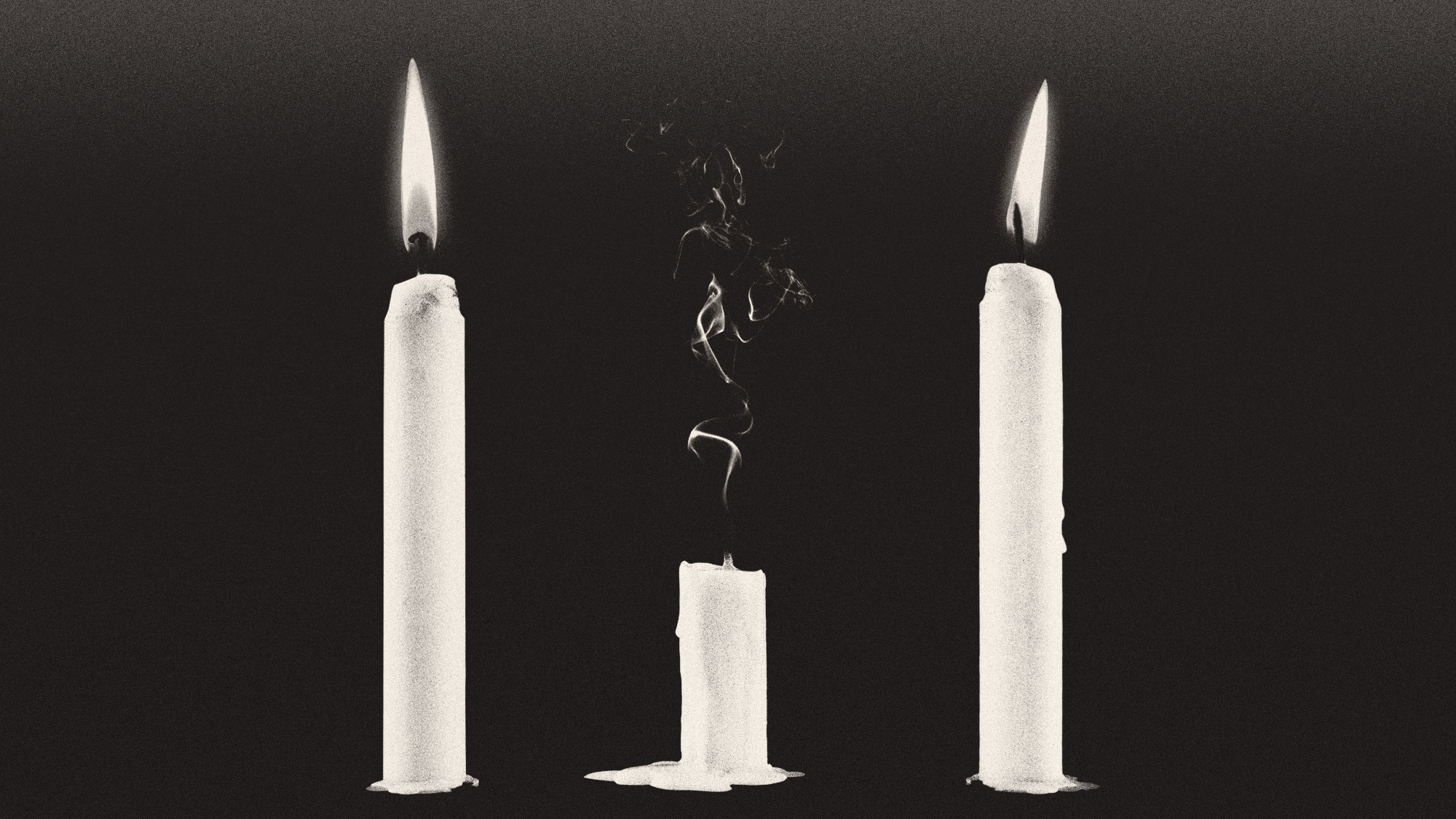How we launched Frieze, the world’s coolest art fair
The first Frieze London was a cutting-edge confluence of culture and commerce. Co-founder Matthew Slotover chronicles its continued success
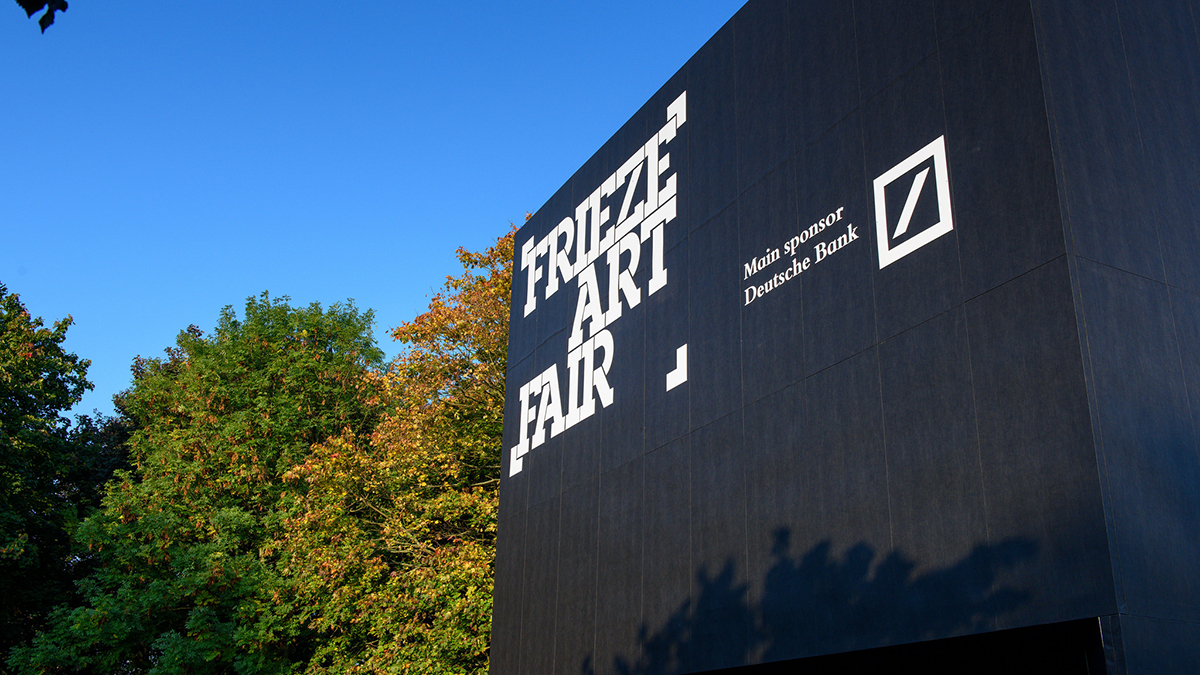
I met Amanda Sharp when we were both studying at Oxford. We set up Frieze magazine for fun; we had no idea it would develop as it has. We didn’t know much about art, but when we saw Modern Medicine, the warehouse show curated by Damien Hirst in southeast London in 1990, it all made sense. When we launched Frieze the following year, we were influenced by The Face and Blitz, and our launch coincided with that of Dazed & Confused.
We wanted a magazine about contemporary art that focused more on younger artists than other magazines did and included their projects as well as articles about related fields. More than two decades on, its definition has not really changed, but the art market has changed dramatically. Back then, everyone knew each other – it’s so much bigger now, which means that’s no longer the case. Equally, it’s more diverse and there’s an increasing amount of interest, especially globally.
Amanda and I decided to launch Frieze Art Fair after visiting biennales and fairs around the world. It seemed odd to us that, although there was a huge number of artists living and working in London, there was no point in the calendar when the international art world was encouraged to come to the city. We decided to fill that gap. Although we weren’t experts at events, we knew galleries from our dealings with them on the magazine, so that became our starting point.
The Week
Escape your echo chamber. Get the facts behind the news, plus analysis from multiple perspectives.

Sign up for The Week's Free Newsletters
From our morning news briefing to a weekly Good News Newsletter, get the best of The Week delivered directly to your inbox.
From our morning news briefing to a weekly Good News Newsletter, get the best of The Week delivered directly to your inbox.
It also helped that there was a moment, around 2000, when contemporary art began to be taken more seriously, when it was something that was written about in newspapers, when it became the topic of conversation. The opening of Tate Modern that year confirmed that. Before then, art simply didn’t have that level of appeal and interest, and, beyond a specialist audience, many people in the UK really hadn’t engaged with it outside a museum. Part of our success has been changing the way people look at art. At Frieze, people can get very close to the work, attend the talks, even take part in a performance – it involves them in a way that museum shows didn’t really do before.
Another reason for our success is that we never compromise on quality – of art, of galleries, but also of the presentation of the fairs: the design, architecture, restaurants… the whole experience. And we try to make them fun and exciting. Then there’s our unusual setting. Existing venues never quite met our expectations in terms of creating a dynamic event and we chose Regent’s Park because it’s beautiful, flexible, original and also central. It’s hard work for us, but we think it makes for a more special event.
We like to think of the fairs as cultural events as well as a place for commercial transactions. Of course, we were concerned about how the recession would impact our exhibiting galleries. Things looked difficult in 2008 for a moment, especially after the heights of the market in 2007, but the participating galleries were still able to sell works and the art market has proved to be remarkably resilient. There is less indiscriminate buying, but perhaps that’s a good thing.
Since 2012, we have held Frieze Art Fair in New York as well as London, and have had great feedback from both galleries and visitors.
A free daily email with the biggest news stories of the day – and the best features from TheWeek.com
MATTHEW SLOTOVER OBE co-founded Frieze magazine with Amanda Sharp and the artist Tom Gidley in the early 1990s, when it featured the first print interview with Damien Hirst. Sharp and Slotover then launched the phenomenally successful Frieze Art Fair in 2002 in Regent’s Park, which changed the way people viewed art; friezelondon.com
-
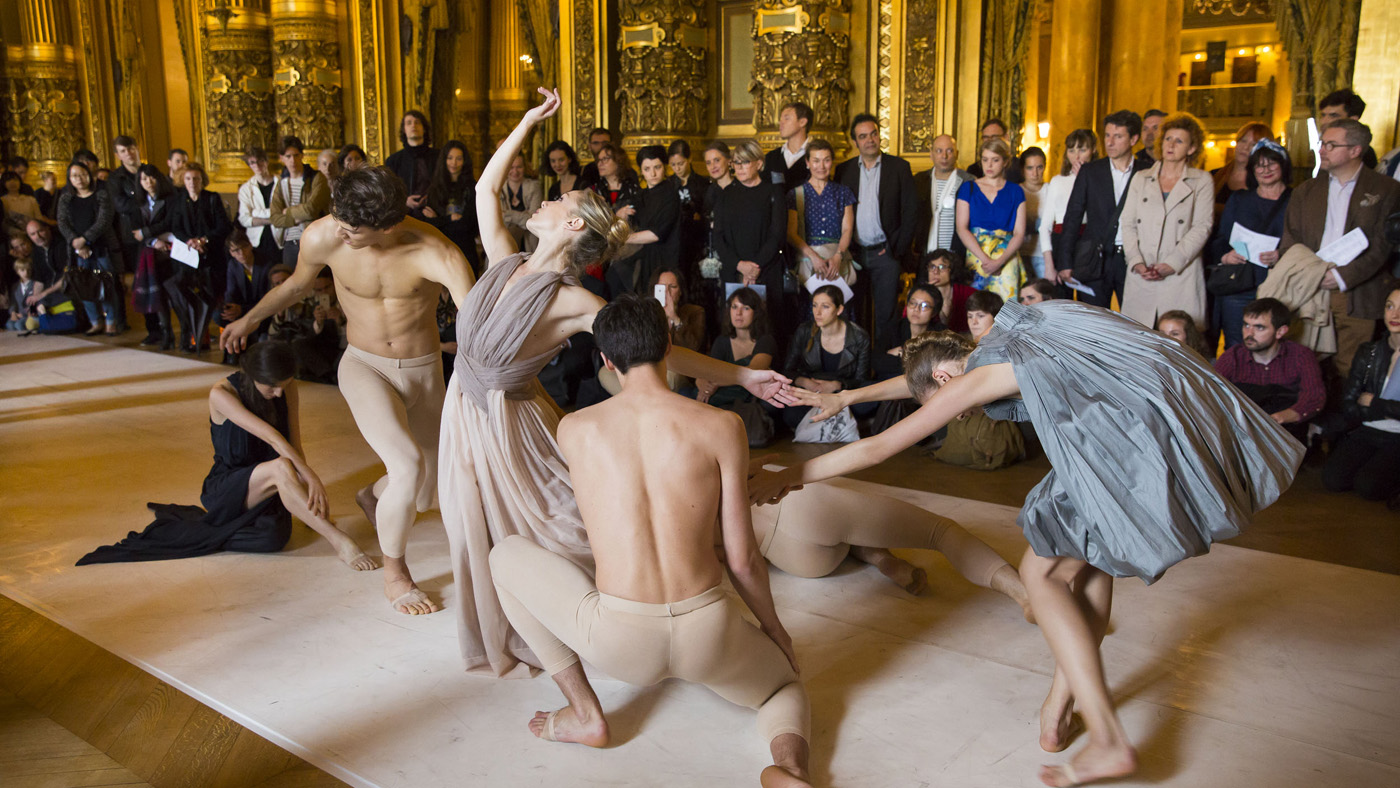 Asia Now: a timely spotlight on South Korean art
Asia Now: a timely spotlight on South Korean artThe Week Recommends Demystifying a hemisphere separated both culturally and geographically from the western art world
-
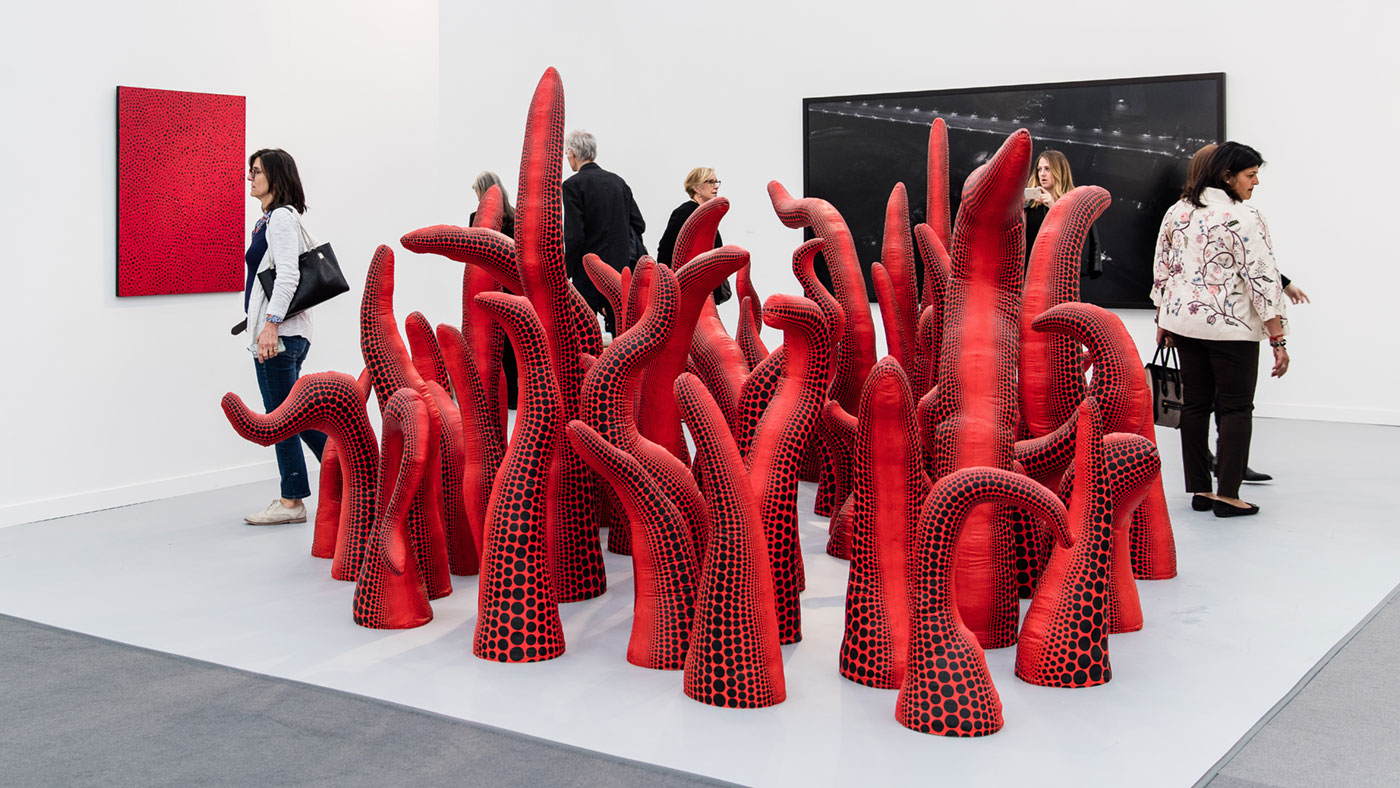 Frieze: New York's biennial goes political
Frieze: New York's biennial goes politicalIn Depth Hundreds of galleries will display works by new and established artists on areas such as feminism, colonialism and protest
-
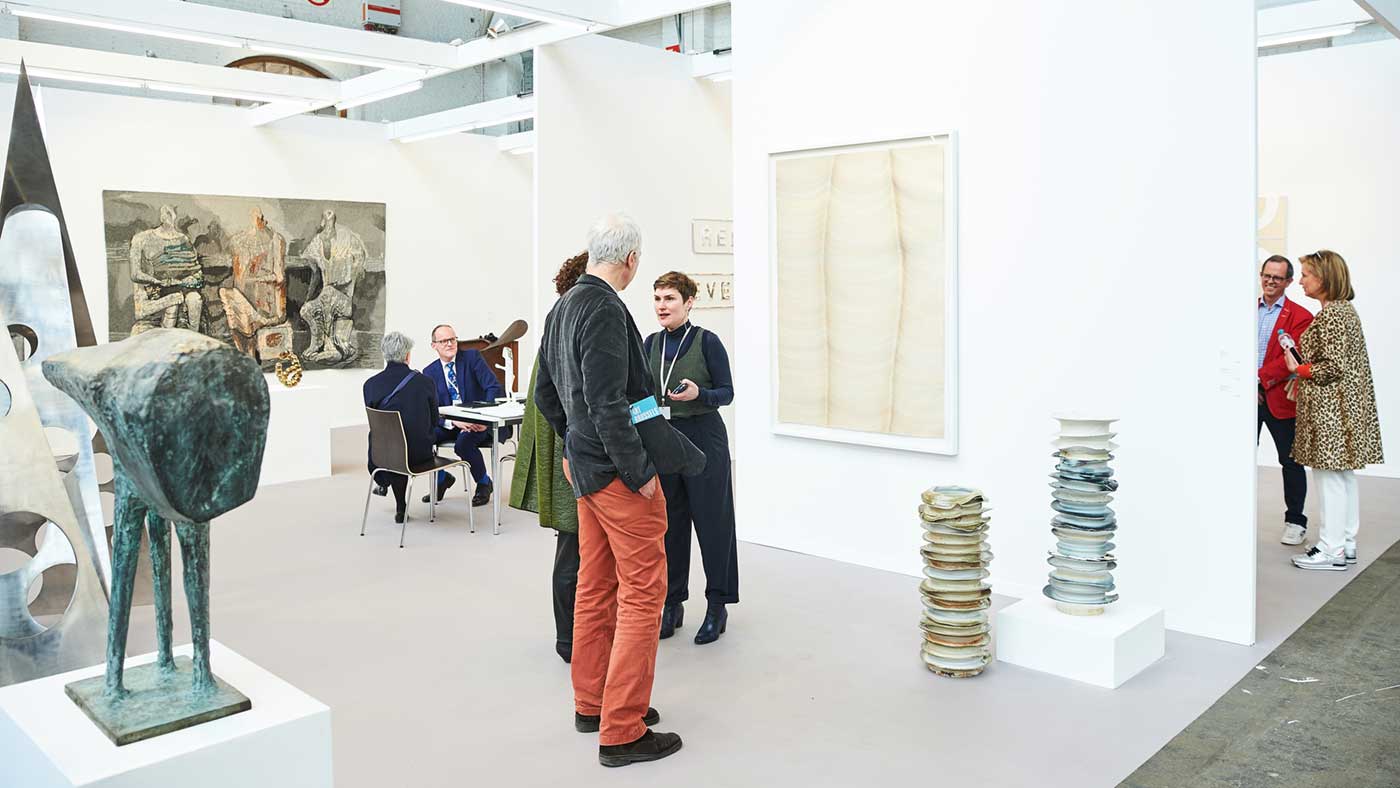 Art Brussels: A place of discovery
Art Brussels: A place of discoveryIn Depth In its 35th year, the contemporary art fair continues to provide a revealing insight into today's creative minds
-
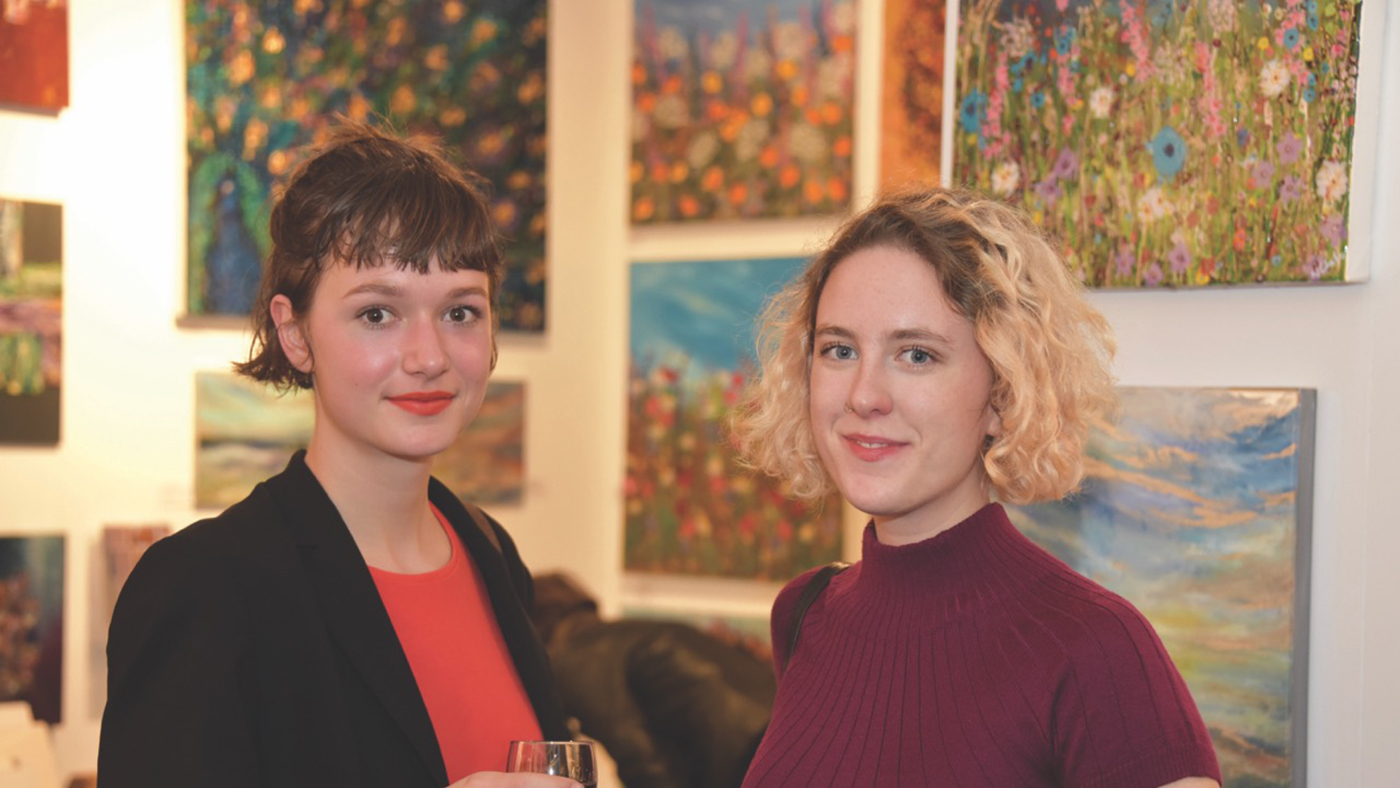 Something for everyone at the Edinburgh Art Fair
Something for everyone at the Edinburgh Art FairIn Depth Scotland's premier art event returns with a diverse mix of contemporary and cutting-edge works for collectors of all kinds
-
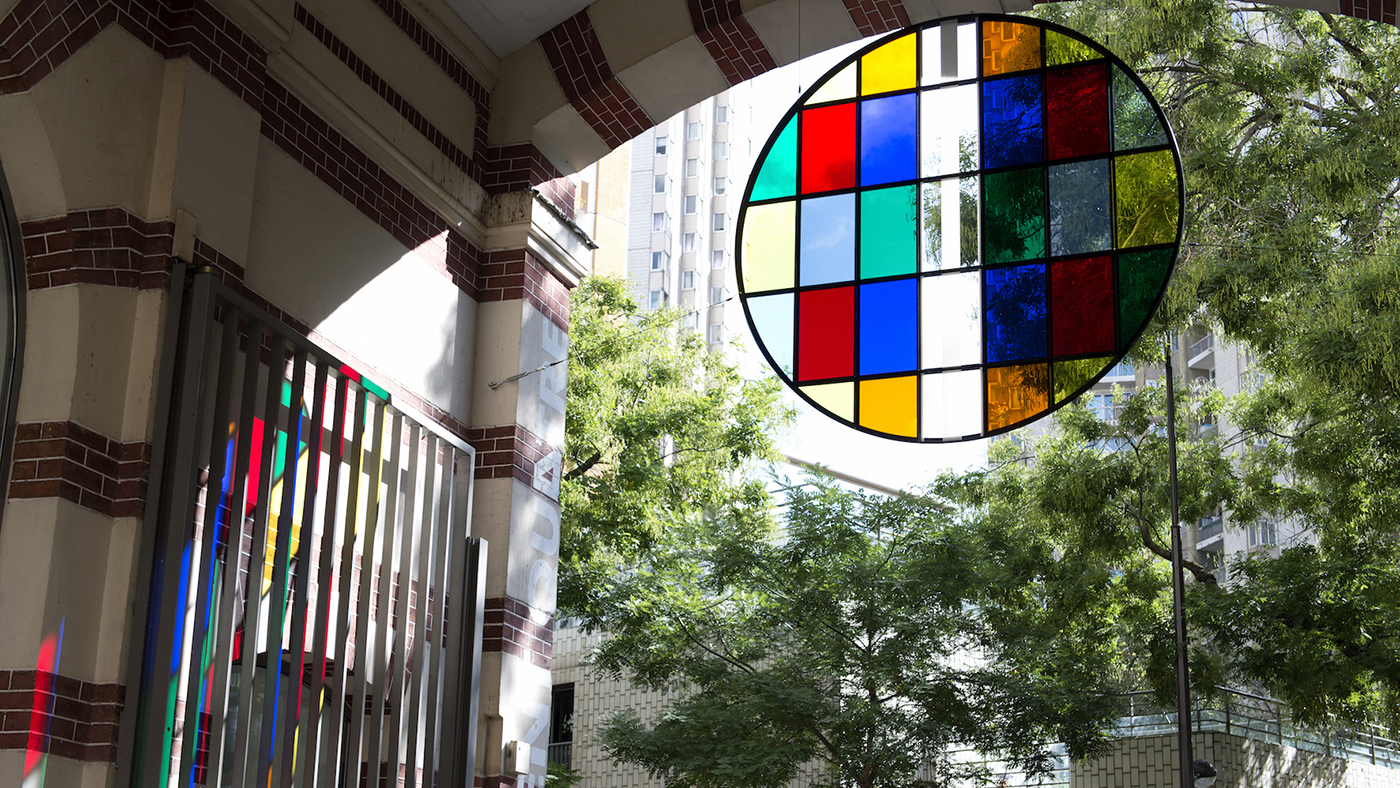 Fiac: The art fair illuminating the city of light
Fiac: The art fair illuminating the city of lightIn Depth The 2016 edition of one of Paris's premier cultural events promises to set a new bar for unusual work exhibited in unexpected places
